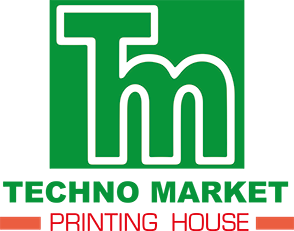Business applications are software programs that can help companies run more efficiently and effectively. They automate tasks, streamline communication, and increase productivity. They come in all shapes and sizes, from enterprise resource planning (ERP) and human information systems (HRMS) to inventory management and project management software. Most business apps are not like the consumer-oriented programs like email clients and photo editors. They are focused on a particular aspect of business operations or support a certain team. For example marketing teams require different features than sales teams.
Generally, business application software has two components that include the user interface as well as the data source. The UI provides an easy-to-use mechanism for users to interact with and modify the data they see on the screen. The data sources that are the basis are, on the other hand, contain both business metadata and technical metadata that are used by the application. The UI serves as the bridge between the data and business processes, and connects business users to their applications.
In addition, business applications provide a host of other benefits for organizations and businesses. They can increase productivity, cut costs and increase revenue. They also allow businesses to make better choices and promote overall health by improving communication and collaboration.
Many business users are reluctant to incorporate these kinds of software in their daily workflows, for fear that it will take their jobs away. However, integrating these apps into your workplace won’t eliminate your job. It will only help you climb the ladder and help you achieve higher-level deliverables. You’ll still have the same duties, but you’ll have more time to complete them efficiently and without distraction.
